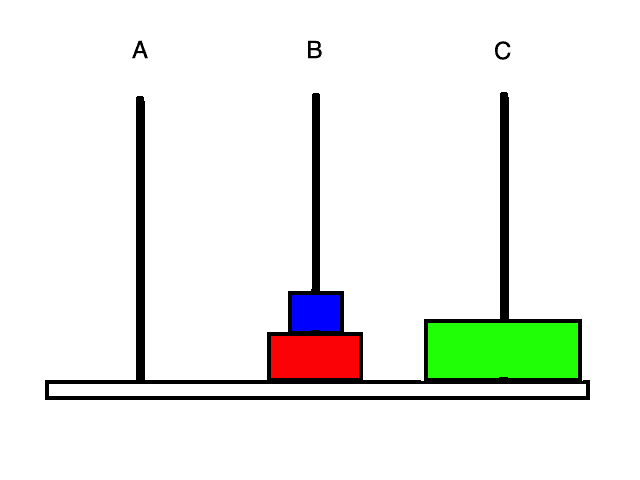


So the scheme allows for efficient data storage: more backups accumulate toward the present time. All the outdated backups have to be deleted. The Tower of Hanoi backup scheme implies keeping only one backup per level. The table shows the pattern for the five-level backup scheme. So, the five-level Tower of Hanoi backup scheme cycles the pattern that consists of 16 sessions (moves from 1 to 16 in the above figure). Commonly an N-level scheme pattern contains (N-th power of two) sessions. It operates with Sessions instead of Moves and with Backup levels instead of Rings. The Tower of Hanoi backup scheme is based on the same patterns.

The solution is to shift the first ring every other move (moves 1, 3, 5, 7, 9, 11…), the second ring at intervals of four moves (moves 2, 6, 10…), the third ring at intervals of eight moves (moves 4, 12…), and so on.įor example, if there are five rings labeled A, B, C, D, and E in the puzzle, the solution gives the following order of moves: You are only allowed to move one ring at a time, and are prohibited from placing a larger ring above a smaller ring.
#Hanoi towers pattern series
The goal is to move the ring series to the third peg. In the puzzle a series of rings are stacked in size order, the largest on the bottom, on one of three pegs. The Tower of Hanoi scheme is based on a mathematical puzzle of the same name. The Tower of Hanoi (ToH) backup scheme is a useful compromise. The need to have frequent backups always conflicts with the cost of keeping such backups for a long time.


 0 kommentar(er)
0 kommentar(er)
